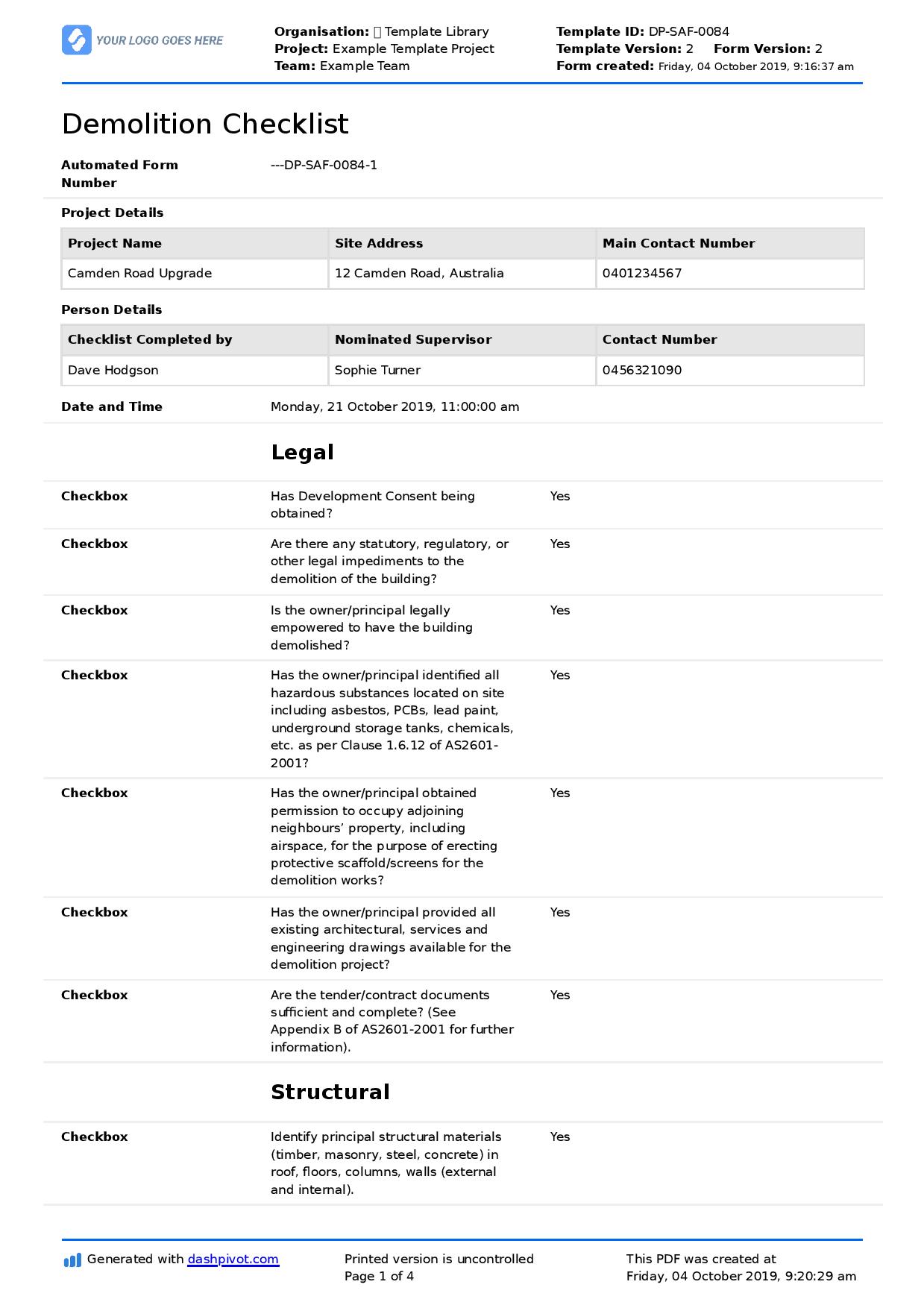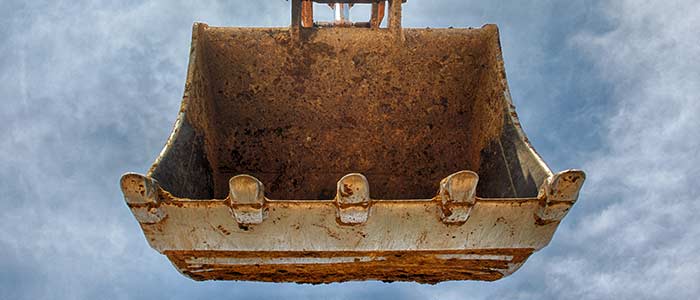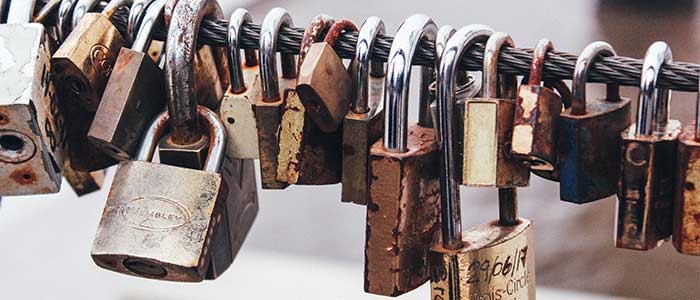Demolition Checklist Template
Start with a free 30-day trial. No credit card required.

~10,000 employees
~500 employees
~25,000 employees
~20 employees
~50 employees
~1,500 employees
~20 employees
What is a Demolition Checklist?
A Demolition Checklist is like a to-do list of items for tearing down a structure or building – both safely and legally. To stress on it, the list makes sure any structure, items, and workers involved in the demolition process are safe and free from potential risks, and the items on the list are aligned with the local regulations and standards being followed for demolition.
When demolition experts do their thing, it isn't just simply going on site and then knocking things down. There are safety rules that need to be followed, a bunch of paperworks to do, and a clean-up afterwards – which is what a Demolition Checklist is for.
To be straightforward, a Demolition Checklist keeps things in order, so that nothing is forgotten, and no one gets hurt.
Compare this Digital Checklist to manual Word Doc, Excel and PDF versions
Use this Demolition Checklist Template for free.
How can demolition safety forms prevent the common demolition risks on site?
Demolition activities are some of the most common culprits for site and project issues. The better you manage your demolition processes, the more likely you are to avoid all of the issues which can arise including:
- Legal issues: You don't want to get fined or used for not following the basic safety standards and regulations to be followed for demolition activities. Sometimes, demolition works harm the environment, which leads to legal issues.
- Structural issues: There are uncontrolled ways things won't go as planned during a demolition process, like affecting a nearby structure/building.
- Work plan issues: Without proper instructions being relayed to everyone, workers could possibly don't even know what to do on site, or do things in the wrong order, which lead to safety risks.
- Execution of demo services problems: Even with a plan in place, if the wrong tools, methods, and safety protocols are being used, then there could still be execution issues.
- Service and utility issues: Like gas leaks, electrical shocks, potential fire risks, or even water pipe bursts.
- Other site issues
That is why you need a proper and thorough Demolition Checklist, to have everything in place before, during, and after demolition works.
What are the necessary fields to include in a Demolition Checklist?
Specific local regulations and standards vary by country or region, and although they don't really differ that much in terms of improving safety and enhancing efficiency, companies can structure their own Demolition Checklist as per their company policies and preferences – for as long as it's aligned with those standards.
There is a general framework, usually, in a Demolition Checklist:
- Pre-demolition preparation: which is the section to check if the permits are in place, the safety assessments, utility disconnections, notifying the public/nearby establishments, recycling plans
- During the demolition work: safety measure checks (PPEs), barriers/containment checks, checks for equipment and machinery used, and if the teams are following the structural demolition process
- Post-demolition cleanup: check of proper disposal/removal of debris/waste according to local regulations, site restoration, final inspection checklist, and checks for submitting the final paperwork to regulatory bodies/authorities.
Why should every demolition project have a unique demolition checklist?
There are a number of ways your demolition works could go wrong, and even if you think there are none, there will be. Unplanned activities along the way could cause something wrong, and no matter how thorough we may be, there are risks that could potentially be overlooked – that's why a Demolition Checklist should differ per project, but still with its core structure remain intact.
Risks, hazards, and requirements are unique to each project. Here are some of the things you should look out for whether you're going to structure your Demolition Checklist differently than usual:
- If you're dealing with a historical building, then naturally the demolition process will be stricter on handling hazardous materials, and the fact to preserve the historical site.
- If you're working near schools, hospitals, and other protected areas, then you need stricter contents in your Demolition Checklist.
- If you're going to demolish ancient buildings, there are contaminants and hazardous things, like lead or asbestos, which require complicated removal prior to demolition. The same goes with factories or industrial sites, there are chances of chemical contamination.
- If you're doing demolitions near water bodies and protected land, there should be extra and stricter rules for preventing pollution.
Other popular templates you can use and edit for free

Safe Work Method Statement for Demolition
Ensure all workers involved with demolitions understand your work method statement and hazard controls properly using this template.

Excavation Permit
Complete those incredibly important excavation permits safely.

Lock Out Tag Out
Use this LOTO template as a framework for doing all of your lock and tag outs properly and safely.
This digital Checklist was generated with Dashpivot
This demolition checklist is simple to use and easy to manage for everyone:
- Access, complete and sign off on your demolition checklists from anywhere using any mobile, tablet or computer.
- Edit the layout and contents of the checklist to better suit your pre-demolition requirements, general safety requirements or more.
- Store your checklist records online where they are compliant, or export them as privately branded PDF documents in a single click.
- Deploy variations of your demolition checklists to specific projects so everyone is accessing the right template.

Sitemate builds best-in-class software tools for built world companies.



